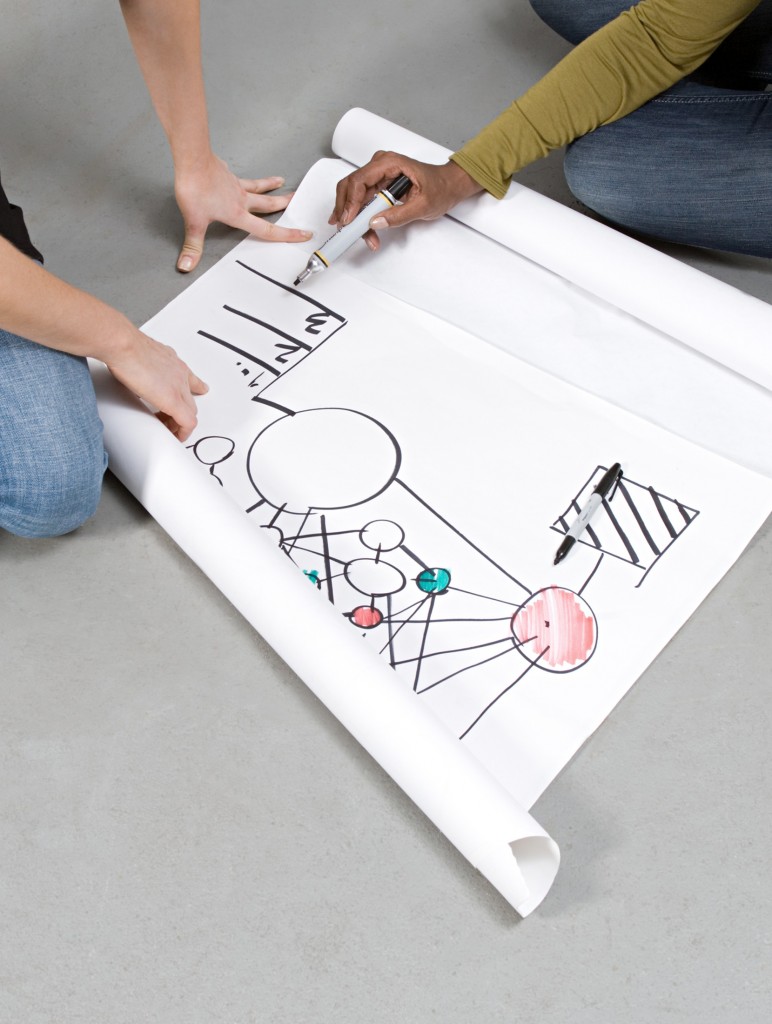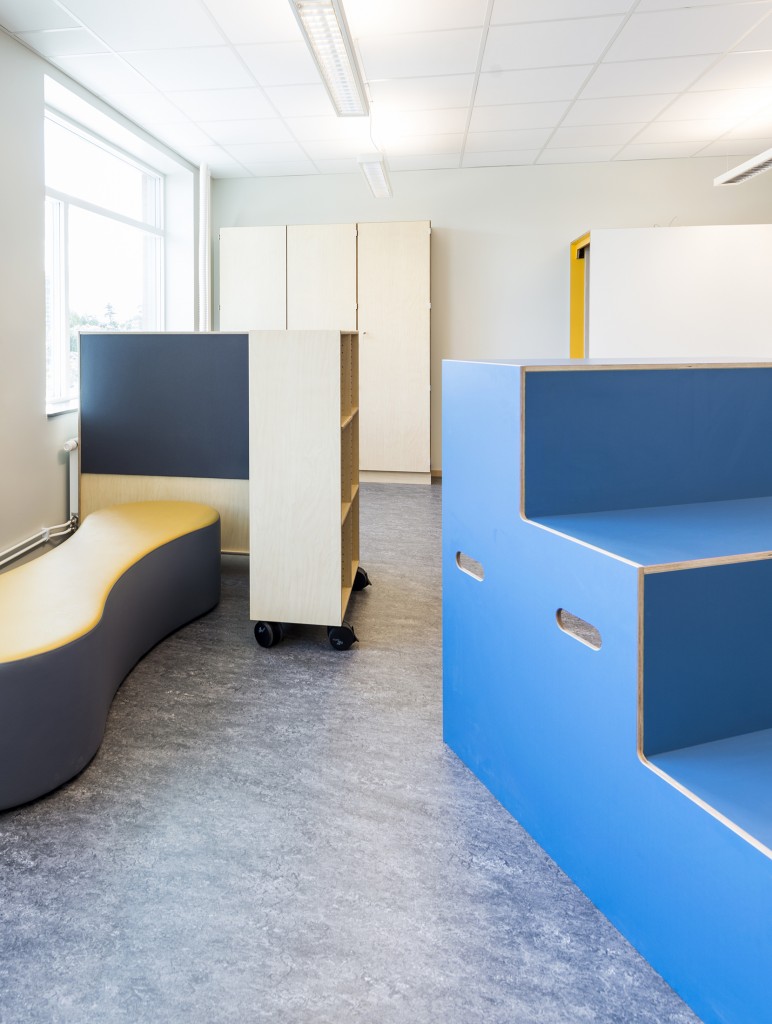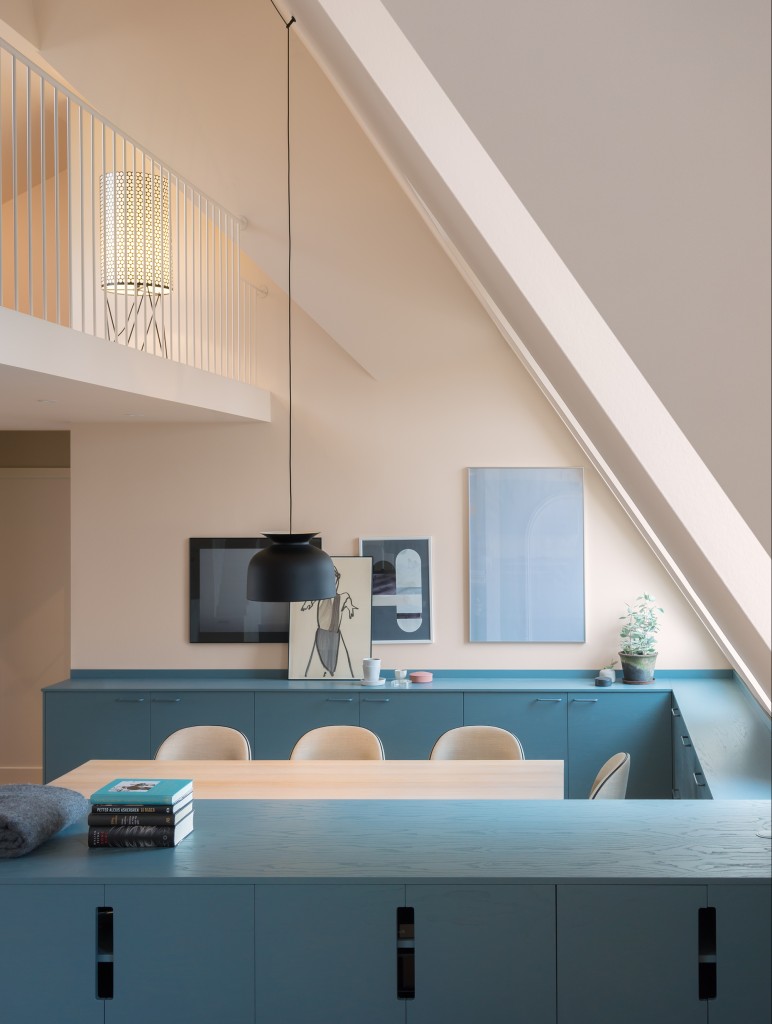Digital key to a circular market
The Interior Management System is a digital service that generates synergy effects, opening wide the door to a circular furniture market and simplifying ongoing use, maintenance and inventory.
How long, technically speaking, does an item of furniture last? Surveys show that furniture from Nordic manufacturers can last at least 15 years without being refurbished. However, technical durability is not a common reason for getting rid of furniture. Instead, decisions to replace furniture tend to be the result of changing tastes in colours, designs and trends.*
Storing furniture’s identity information
Interior Management System, or IMS for short, is a platform for coordinated use and management. In simple terms, Input interior assigns every item of furniture a unique code that is linked to a database. All practical information about the product, such as its location, when it was manufactured and its design, has been registered in the system and is searchable by scanning the code with a mobile phone. IMS also links to a client-specific support function at Input interior, which facilitates case management direct via mobile.
The labels with the unique tagging can also incorporate RFID, technology that makes it possible to scan all furniture in a room at the same time, thus simplifying and streamlining inventory.
“It’s easy to see that this is a simple, efficient and cost-saving service for anyone dealing with the use and management of furniture. However, we have worked proactively with IMS to enable us to also offer a good solution for clients who want to work on sustainable renewal,” explains Marcus Berntson, Key Account Manager at Input interior.


Creating an advanced overview
IMS is playing a part in developing circular furniture flows and a second-hand market for furniture by creating the advanced overview necessary to enable re-use within the framework of office projects involving thousands of products.
“The tagging helps with product traceability and creates possibilities for an extended useful life on the second-hand market. Any type of update that has been implemented during the life of the product is registered. If fabric or components have been replaced, we know what with and how it was done. Storing this information provides quality assurance for offering the product on a second-hand market,” says Marcus.
*Re-use of office furniture – How can we calculate its environmental impact? RISE case study 2019
















